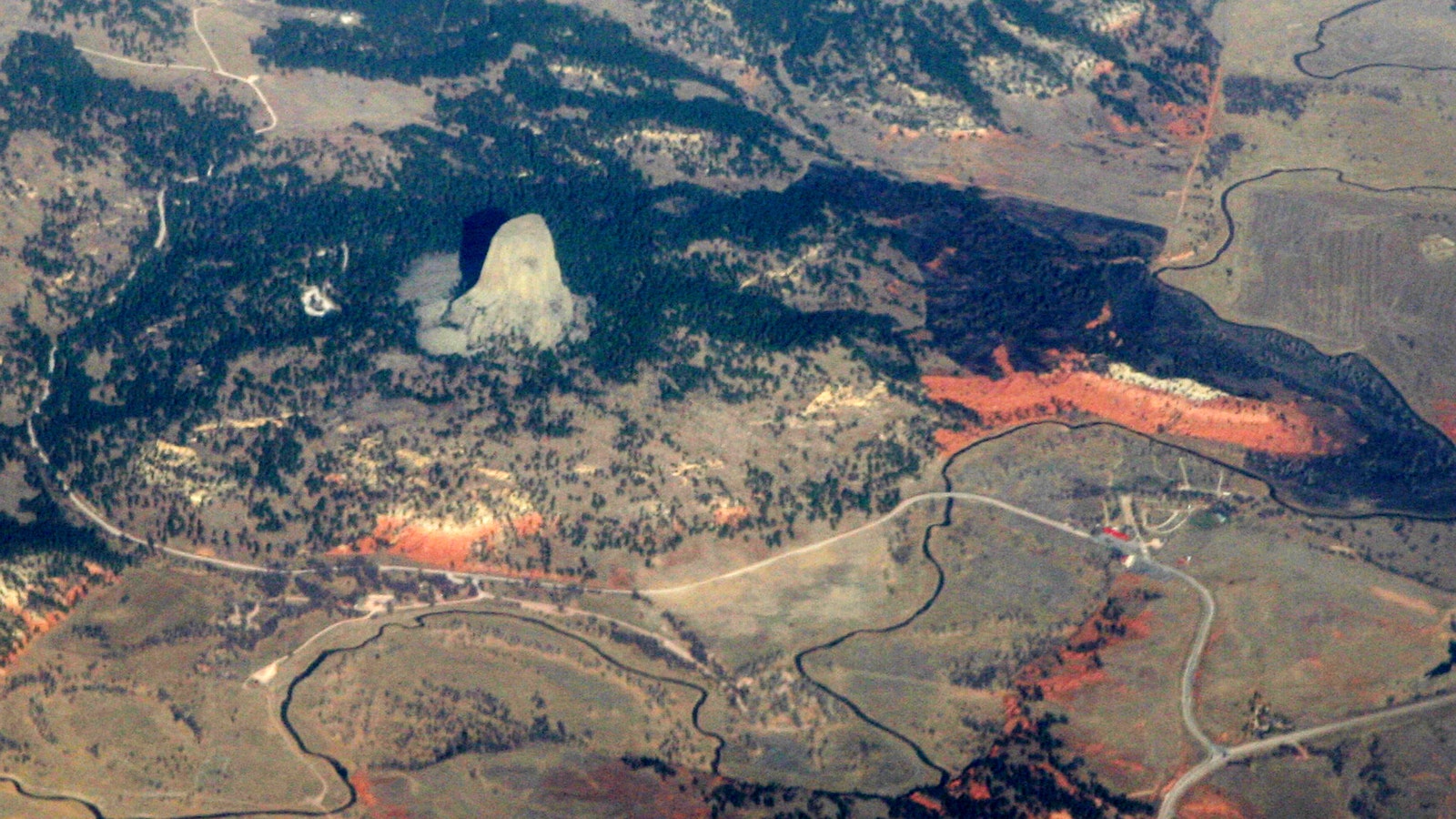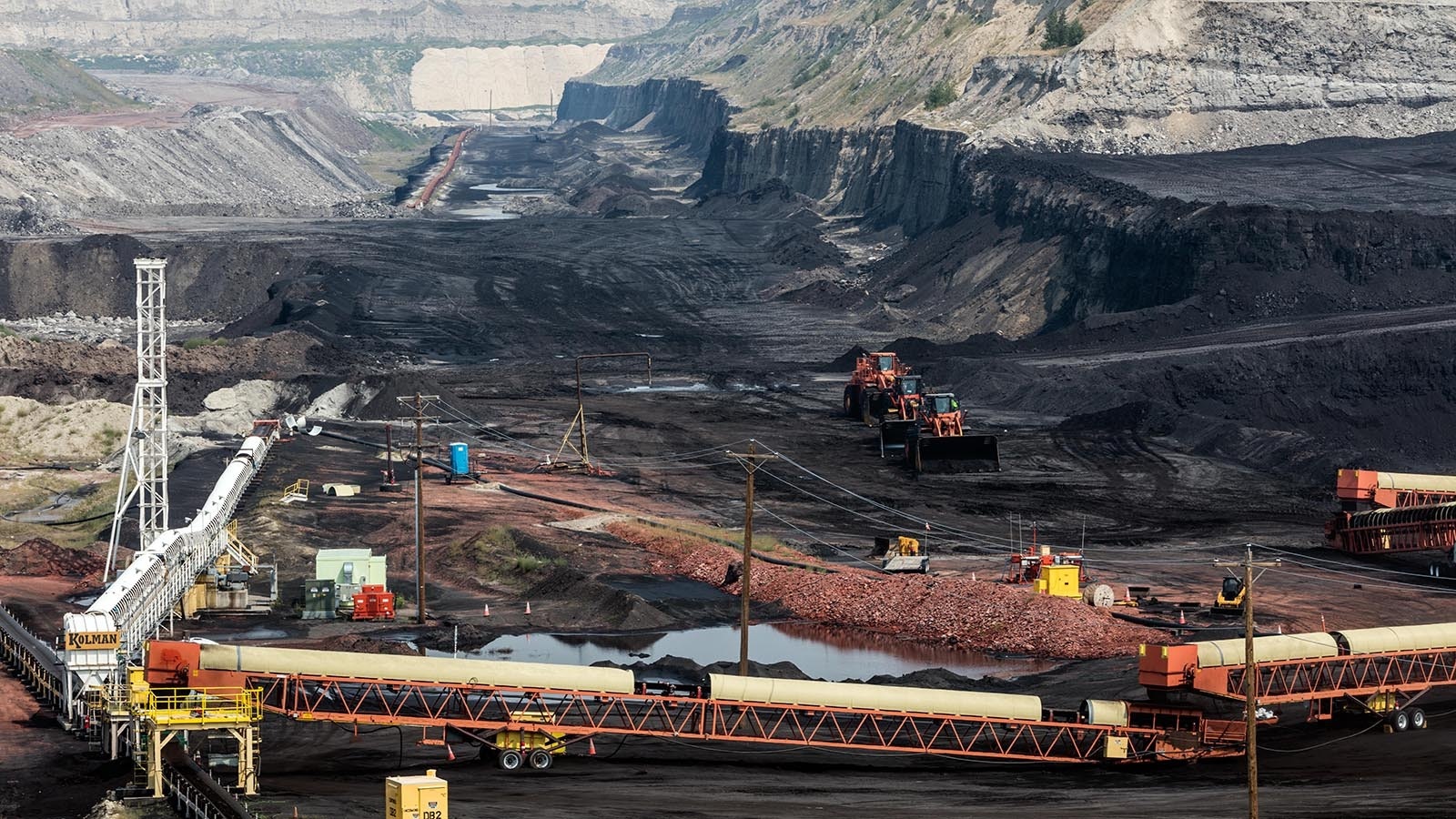A situation is brewing with diesel prices that the Energy Information Administration warns could lead to serious economic consequences.
Supplies of diesel fuel are at their lowest level since the 1950s, which is holding diesel prices higher.
The already short supply is likely to get even tighter as the European Union enacts embargoes on Russian crude and products, starting in December. That will increase global competition for U.S. diesel supplies.
Demand Destruction
In its monthly report, the EIA says that if diesel prices climb too much higher, the economy will start to see demand destruction, which is where no one can afford to buy a product. So, they just stop buying.
When that happens with diesel, it impacts everything Americans consume.
According to 2017 U.S. Census data, 71.6%, or $10.4 trillion of the $14.5 trillion, of the value of all goods shipped in the United States is hauled by trucks. Rail makes up a lot of the rest, and all of that is powered by diesel.
Huge Concern
High fuel prices are a big part of what’s keeping inflation going at Wyoming’s cash registers.
EIA figures estimate the national average retail diesel fuel prices are $1.579 higher than a year ago.
Sheila Foertsch, managing director for the Wyoming Trucking Association, said fuel costs were always second to labor costs in the industry.
The annual survey by the American Transportation Research Institute usually showed the top concern for the industry was labor. This year, for the first time in the past five years, fuel costs rose to the top. In a labor market where companies are paying top dollar just to fill positions, that says a lot, she said.
“It is a huge concern for carriers,” Foertsch said.
Best We Can
Corte McGuffey, CEO of Bonneville Transloaders, told Cowboy State Daily last spring that he was alarmed at how high diesel prices were trending. He said Thursday that the situation hasn’t improved.
“We can pass some of that along to our customers via fuel surcharge, but not all of it,” McGuffey said. “And so we just kind of do the best we can.”
The company transports bulk minerals primarily within Wyoming. Those surcharges are showing up on transportation bills across many industries, and they ultimately get passed to consumers in the end.
“It’s a big part of why inflation is what it is. The transportation costs to get these products and commodities to the different locations has gone up tremendously,” McGuffey said.
Production Pinch
This week’s EIA figures show refineries operating at 92.9% of operable capacity and distillate fuel production, which includes heating fuels and diesel, decreased last week. The U.S. hasn’t built a new major refinery in decades and the regulatory barriers to that, as well as oil production, are likely to continue for years.
“When you’re buying 10,000 gallons of fuel per load, 10 cents makes a big difference,” McGuffey said.
Perfect Storm
For fuel haulers, the labor issue also is driving up their costs, Foertsch said.
Federal Motor Carrier Safety Administration regulations limit the number of hours drivers can work in a day. Wyoming has refineries, and truckers line up to buy fuel. Sometimes they wait hours just to find out there’s none left. Then, with their hours limited, they can’t be sent to another refinery.
“It’s the perfect storm for carriers right now,” Foertsch said. “Between the driver shortage and not having enough qualified drivers, along with having to chase after fuel, going other places, and then waiting in line, and then perhaps finding out that they don’t have any product left … it’s hard.”





